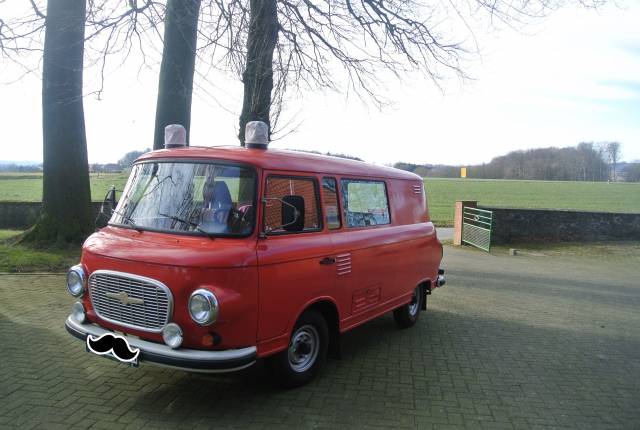Barkas B 1000 Classic Car Purchase
The Barkas B 1000, the versatile workhorse of the former GDR, stands as a testament to East German engineering. A staple for the Feuerwehr, Volkspolizei, and countless enterprises, this classic van captivated with its adaptability and robust utility. Today, it draws attention at classic car shows, cherished for its unmistakable DDR charm.
Search results
Currently, there are no matching listings for your search.
Create search alert
Let yourself be notified as soon as a listing is published that matches your search filters.
Create listing
Do you have a Barkas B 1000 that you want to sell? Then create a listing now.
Create listingBarkas B 1000 listing references from Classic Trader
Below you will find listings related to your search that are no longer available on Classic Trader. Use this information to gain insight into availability, value trends, and current pricing for a "Barkas B 1000" to make a more informed purchasing decision.

1989 | Barkas B 1000
Wartburg Barkas B 1000 LK / MdI

1979 | Barkas B 1000
Wartburg Barkas B 1000 HP
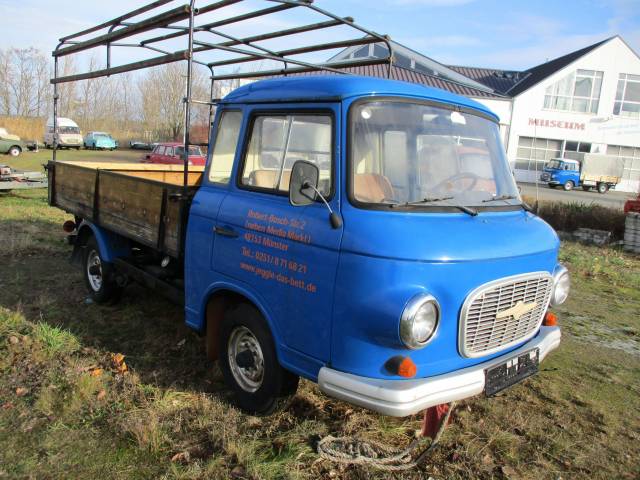
1976 | Barkas B 1000
Wartburg Barkas
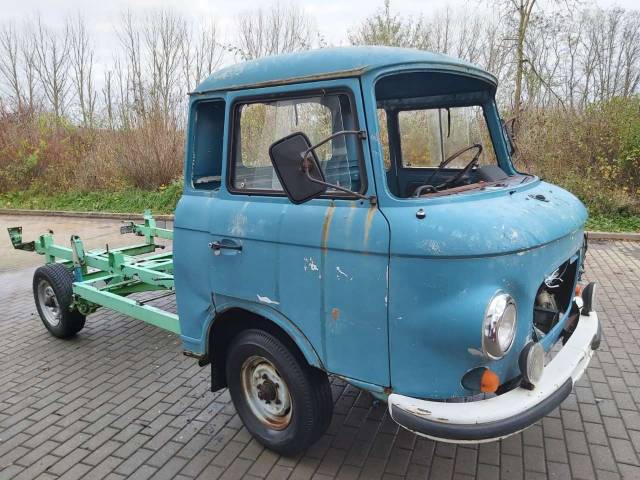
1987 | Barkas B 1000
Wartburg Barkas
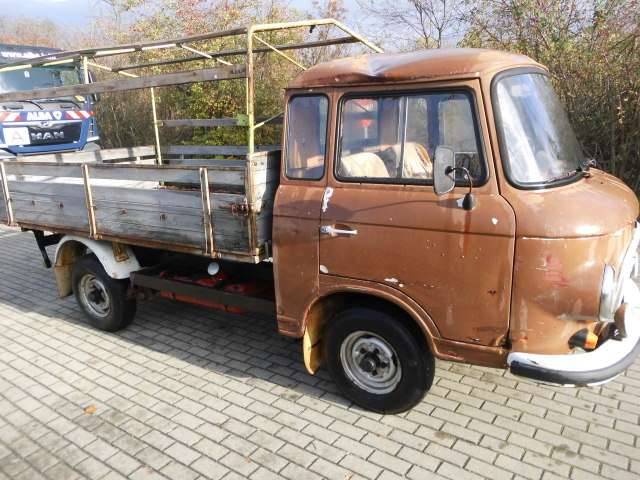
1980 | Barkas B 1000
Wartburg Barkas Barkas B 1000 HP
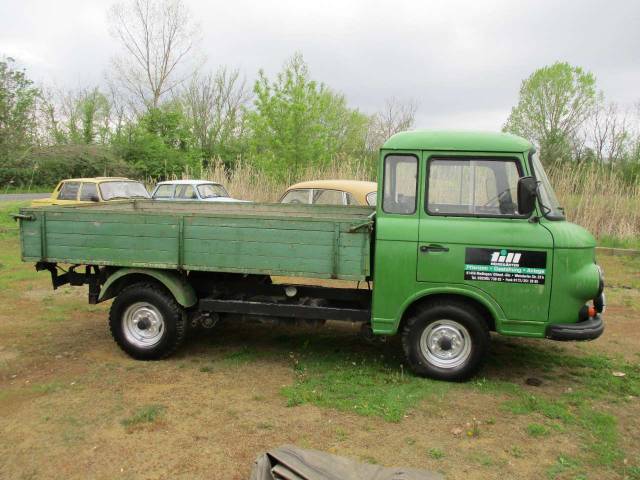
1991 | Barkas B 1000
Wartburg Barkas Barkas B 1000-1 HP ( VW Motor )

1963 | Barkas B 1000
Barkas B 1000 HP
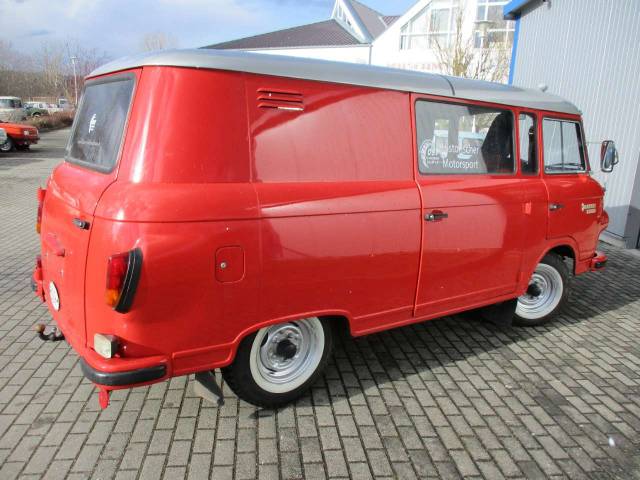
1984 | Barkas B 1000
Wartburg Barkas B 1000 KM / 2
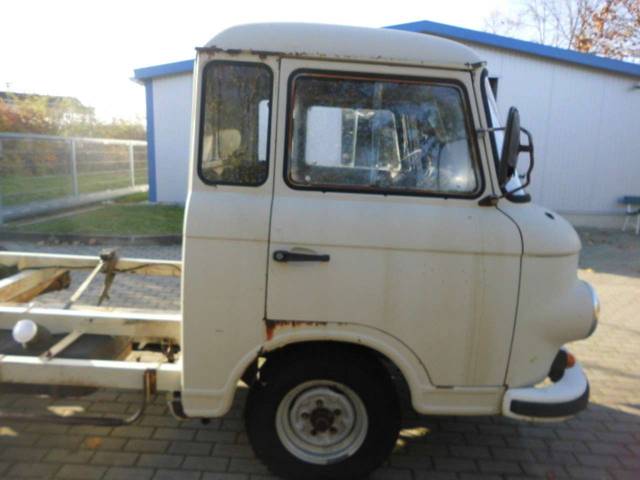
1984 | Barkas B 1000
Wartburg Barkas Barkas B 1000 HP
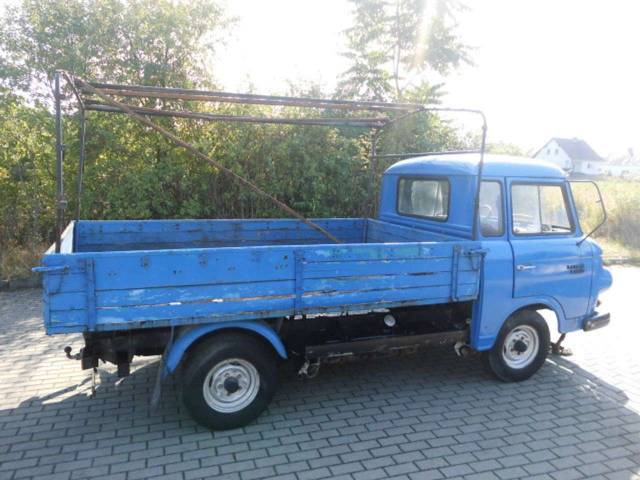
1975 | Barkas B 1000
Wartburg Barkas B 1000 HP

1988 | Barkas B 1000
Wartburg Barkas B 1000 HP
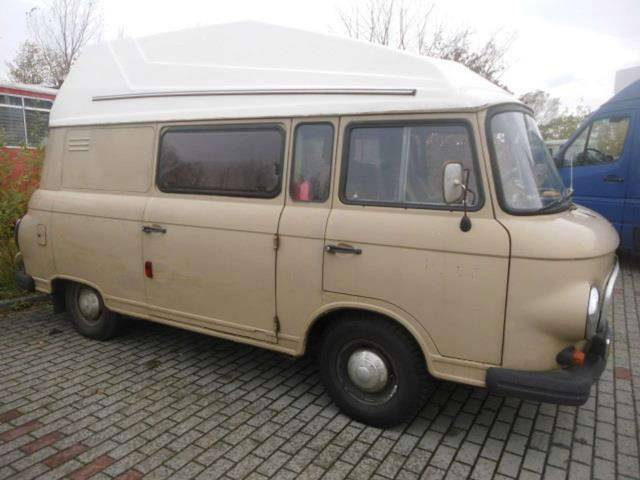
1968 | Barkas B 1000
Wartburg Barkas B 1000 Umbau Wohnmobil

1976 | Barkas B 1000
Zu sehen auf der Motorworld Classics Berlin (20. - 24.11.2019)

1989 | Barkas B 1000
1987 | Barkas B 1000
Kleinlöschfahrzeug in Top-Zustand!
Create search alert
Let yourself be notified as soon as a listing is published that matches your search filters.
Create listing
Do you have a Barkas B 1000 that you want to sell? Then create a listing now.
Create listingHistory of the Barkas B 1000
The Barkas B 1000 was produced between 1961 and 1991 by VEB Barkas-Werke in Chemnitz, designed as part of the planned automotive production of the GDR. Its development began in the 1950s, arising from the outdated Barkas V 901/2, culminating in a modern, forward-control van that was robust and reliable, able to compete in functionality with its Western counterparts despite a simpler design. The Barkas B 1000 debuted in 1962 at the Leipzig Spring Fair and was soon ubiquitous across East Germany. Its reputation for flexibility and durability made it a vital asset for industry, emergency services, and everyday logistics.
Model History
The B 1000 replaced the Barkas V 901/2 and itself was followed, albeit briefly, by the B 1000/1. Early models featured a three-cylinder Wartburg engine with 900 cm³ and 43 PS, situated between the front seats for central weight distribution and easy maintenance. Incremental updates over the years included a larger 1.0-litre, 46 PS engine and minor equipment improvements such as the adoption of a sliding side door in 1987. The major overhaul occurred with the B 1000/1, which, from 1989, was powered by the 1.3-litre Wartburg engine with 58 PS. Despite these changes, production came to a halt after German reunification, ending with about 175,000 vehicles built.
Highlights and Features
The Barkas B 1000 is renowned for its exceptional versatility, available as a van, minibus, pickup, ambulance, police vehicle, fire truck, and even as a military transporter. Its payload capacity—over one tonne—placed it among the top of its small van class in the 1960s and 1970s. Front-wheel drive and a central engine layout were unconventional for the era, ensuring flat load beds and optimizing space. Its functions spanned from urban logistics to emergency response, explaining its omnipresence in the GDR’s everyday life.
Technical Data
Special Editions and Rare Models
The B 1000 saw numerous specialized iterations tailored for specific use cases. Rare editions include ambulances, fire trucks, police wagons, and military variants—each identifiable by bespoke equipment, bodywork, and livery. The B 1000/1 with the four-stroke engine remains especially significant, representing the ultimate technical evolution of the model series.
Weak Spots and Common Issues
No common issues or weak spots are listed in our current data. Prospective buyers are advised to assess vehicles carefully for age-related wear, as with any classic East German commercial vehicle. Typical areas to check include the drivetrain and underbody, especially if the vehicle was used intensively in professional service.
Performance, Engine and Transmission
The Barkas B 1000’s centrally located three-cylinder two-stroke engine provided decent acceleration by the standards of its production period. Later models introduced more displacement and horsepower with the 1.0-litre (46 PS) and 1.3-litre (58 PS) four-stroke engines, enhancing usability and reliability. A four-speed manual gearbox drove the front wheels, offering secure handling even when fully loaded. The top speed hovered around 100 km/h, suitable for both city logistics and longer rural routes. - Barkas B 1000 Standard Van: 900 cm³, 43 PS, utilitarian interior, maximum payload over 1 tonne
- Barkas B 1000 Minibus: Up to 8 seats, multipurpose use for passenger transport
- Barkas B 1000/1: 1.3-litre, 58 PS, successor with notable technical improvements
Design, Comfort and Accessories
The B 1000’s forward-control layout meant a short nose and maximized usable space in the cabin and cargo area. Interiors remained functional, focusing on ease of maintenance and versatility. Later years saw minor comfort upgrades, but the spartan cabin was a trademark of its utilitarian roots. Factory colours commonly reflected fleet and commercial needs, while special models (fire, police, ambulance) featured unique paint and equipment. Original accessories such as roof racks, specialized sirens, and configurable seating layouts add to the period-correct appeal for collectors today.
Additional Insights
The Barkas B 1000’s cultural resonance lies in its status as a social and technological marker of East Germany. No other Barkas vehicle matches its heritage presence at classic car gatherings. Its continuing visibility at events mirrors its one-time ubiquity in daily GDR life.
Summary
The Barkas B 1000 remains the quintessential East German utility vehicle, remembered for its adaptability and engineering pragmatism. Whether in standard van, minibus, or specialist service guises, it epitomises a unique chapter in automotive history, supported by enduring enthusiast interest locally and beyond.
